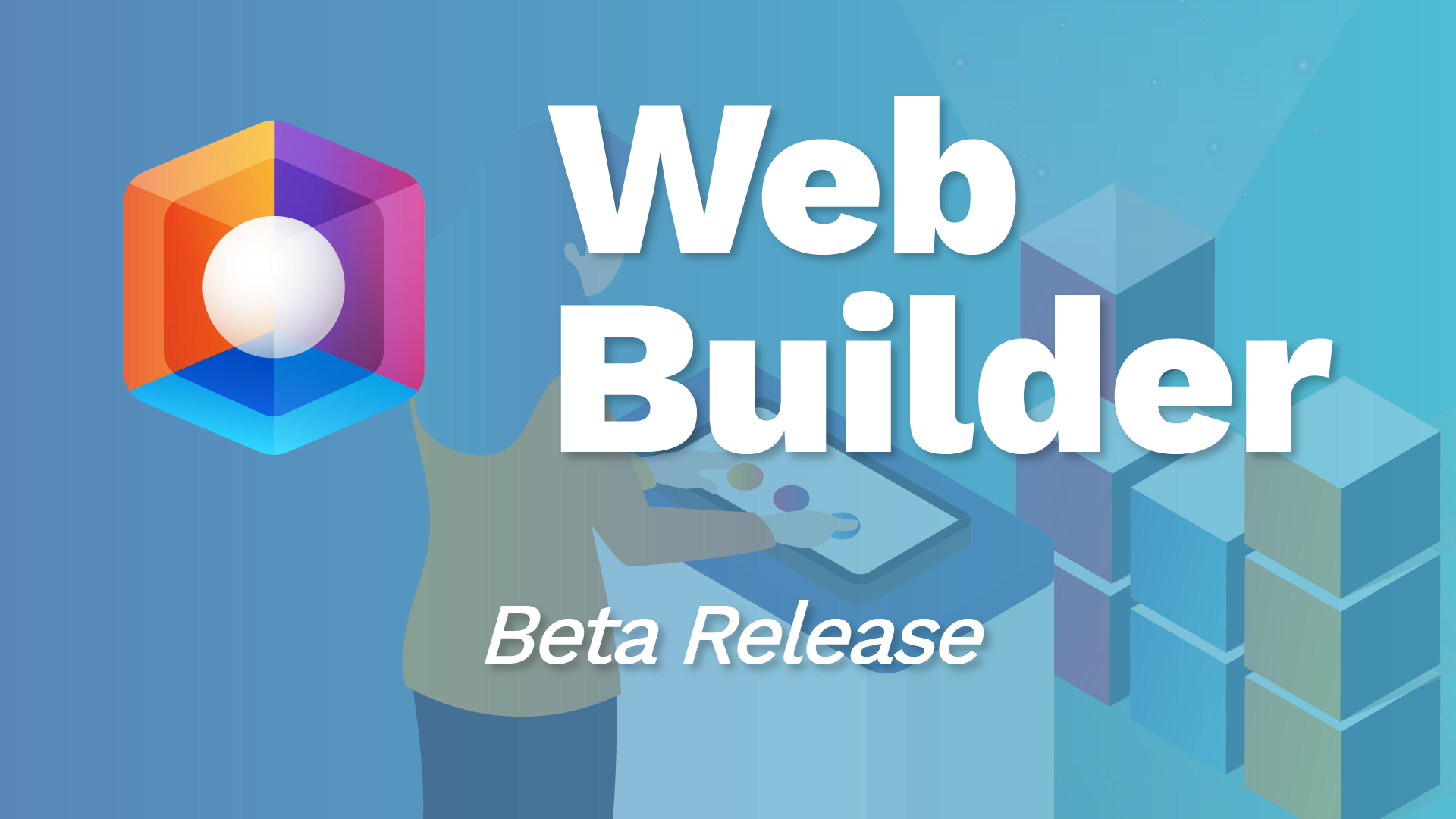
OVR Builder: a Roadmap to the Spatial Web
2021-04-21
We’re thrilled to announce that today the beta version of our WebGL Builder is finally out! A small step in our builder roadmap, a huge step in the realization of the OVR’s vision. All users will be able to interact with the OVR Builder uploading their 3D assets or importing them directly from Sketchfab. In the coming weeks, it will be possible to publish those contents to your OVRLands. Can’t wait to see what creators will be building!!!
But this is just a first step… the full potential of the OVR Spatial Web Platform will be unleashed in 3 main stages. Each new stage will unlock a whole new level of expressivity and interactions:
Stage 1
Current – The WebGL Builder allows all community members to create and upload 3D contents on their lands. This 3D editor is accessible by a web browser so it’s not needed to install any software. Thanks to the Sketchfab integration it’s possible to quickly import from a library of more than 300k 3D assets. The OVR builder enables to create both VR and AR experiences, covering all the main fields of application like e-shop, entertainment, educational, telepresence, gaming, and many more…
Stage 2
The Unity3D editor tool to manage scene exportation and scripting to create dynamic and interactive experiences. In this way, all the Unity3D community developers can create OVR experiences directly from the main editor and upload the content to the owner of the OVRLands.
Since the mobile platform doesn’t permit the just-in-time (JIT) compilation, this scripting restriction is managed by implementing a modding system where the content creator can use predetermined OVR engine calls to manage the experience. One important and continuous activity will be focused on plugins on top of this modding system where for example a feature like the Avatar AI becomes a plug-n-play object.
Stage 3
The OVR nodes that manage persistent experiences and stream the interaction between the users and the environment. The OVR node decentralized infrastructure permits the management of both content storage and real-time interactions inside the scene. The persistent experiences are the future of the Metaverse where the OVR Creators can decide to build situations where a modification of the environment is permanent. AR/VR worlds will have their own life and evolution. Another big value is the fact that all the logic of the experience is managed by the nodes avoiding the just-in-time (JIT) restrictions.
And this is just a high-level roadmap, cool transversal features are in the pipeline as well: create NFTs from 3D Assets, visualize your NFT collections in AR, plug-play versions of treasure hunt, e-shop, art-galleries, and many more!!
